

At the end of this document is a section describing the materials and techniques used in the following examples.
![]()
|
1) - Palm Tree |
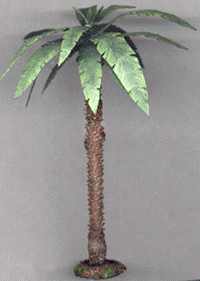
|
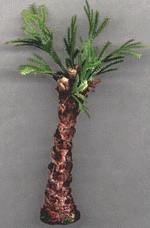
|
2) Tropical Tree I The trunk of this tree is a pine cone I found that has been stripped to its core by a squirrel. Unfortunately my attempts to recreate the squirrel's efforts using a fresh pine cone and a pair of pliers were not at all successful. You'll just have to look around in the woods for the real thing. The bottom of the cone was filed off to give a flat surface that was then stuck to the base. Small bits of plastic aquarium plants were stuck in the gaps at the top with UHU. A glue gun would have been better, but I didn't have one at the time. |
|
3) Tropical Tree II The trunk of this tree is a chunk of pine tree twig. The top was hollowed out with a drill and slots were cut into the edges, into which I stuck leaves from an aquarium plant with UHU. I also drilled a few holes lower down the trunk and glued leaves into them too. |
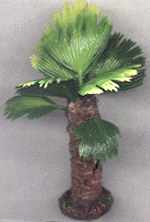
|
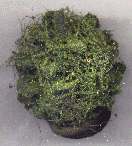
|
4) Small Bush This bush is based around a small pine cone. |
|
5) Wire Tree This shows a wire tree under construction. Look carefully at some real trees to help you get a realistic shape. Using several thicknesses of wire will also help it appear more realistic. |
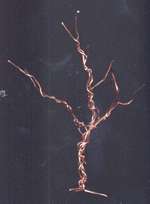
|
BASES
![]()
FOLIAGE
![]()
TRUNKS & BRANCHES
![]()
![]()
©1999. All rights reserved.
![]()